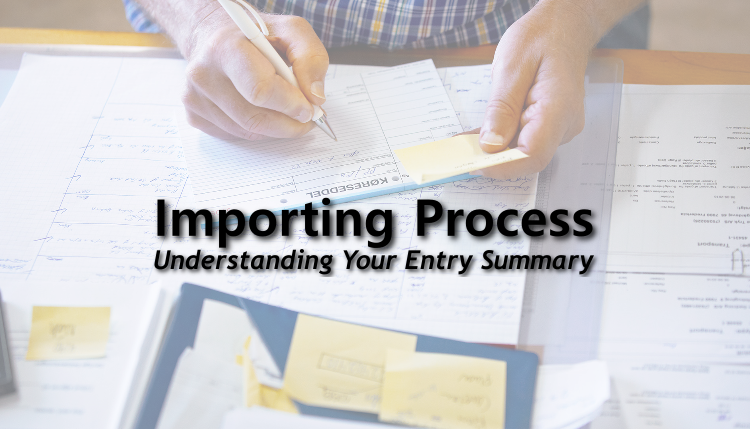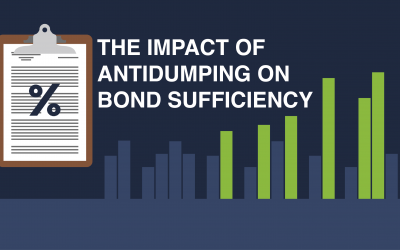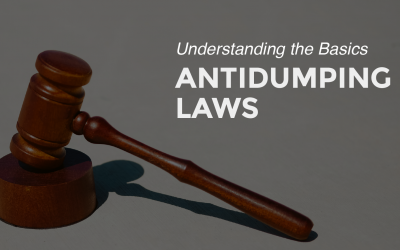The Entry Summary, also known as CBP form 7501, is a required document that needs to be filed with every entry of goods into the United States.
When importing into the United States, there are many documents and forms that need to be properly completed and filed in order to comply with U.S. Customs and Border Protection. One of the most important documents in this process is CBP Form 7501, also known as the Entry Summary. This form is used by CBP to determine relevant information regarding the imported commodity, including appraisement, classification, origin, etc.
Although this form is typically completed and filed by a Customs Broker, it is in a business’s best interest to understand and be familiar with the Entry Summary form. In fact, it is a best practice to keep these forms on file for all past and current entries into the United States for at least 5 years.
For your convience, download a Fillable PDF from CBP for a reference to this blog post.
Breakdown of Your Entry Summary
When you are looking over your entry summary for the first time, it can be an intimidating form. However, with a bit of guidance, an importer can get a better understanding of their CBP 7501. The following is an explanation of the first few fields found on the entry summary. For a full breakdown of each field found on this form, see Customs’ CBP Form 7501 Instructions.
- Block 1 – Entry Number
This number is placed on the entry and corresponding entry summary by the importer or Customs broker that is filing the entry. The format of this 11-digit number is ‘XXX-NNNNNNN-N’; with the ‘XXX’ representing an entry filer code assigned by CBP, ‘NNNNNNN’ is the unique number assigned by the broker or importer, and ‘N’ is a check digit computed from the first 10 characters based on a formula provided by CBP. - Block 2 – Entry Type
This section contains a two-digit code specifying the type of entry that is being filed. The first digit of this code identifies the general category while the second digit further identifying the entry type within that category. - Block 5 – Bond Type
This section must contain the 1-digit code recording the bond type being used for the entry. The following are the three appropriate codes that can be used in this section.- 0 – U.S. Government or entry types not requiring a bond
- 8 – Continuous Customs Bond
- 9 – Single Transaction
- Block 7 – Entry Date
The date of the entry typically refers to the date that the goods are released from CBP custody. However, there are a few situations that may result in a different entry date (see 19 C.F.R. § 141.68 for details). The format of the date should follow: MM/DD/YYYY. - Block 10 – Country of Origin
The country of origin refers to the country of manufacture, production, or growth of any article. If the product is composed of material produced in multiple countries, the country of origin will be where it last underwent a substantial transformation. For more insight on this part of the entry summary, particularly on goods with Canadian origins, check the instructions Customs provides for the CBP Form 7501. - Block 23 – Importer Number
The importer number is an importer’s unique identifying code used by CBP for importing purposes. For more information about where to find this number, see our earlier post about how to find your importer number.







![[Video] What Are Antidumping and Countervailing Duties?](https://traderiskguaranty.com/trgpeak/wp-content/uploads/2024/03/what-are-antidumping-countervailing-duties-YT-400x250.png)